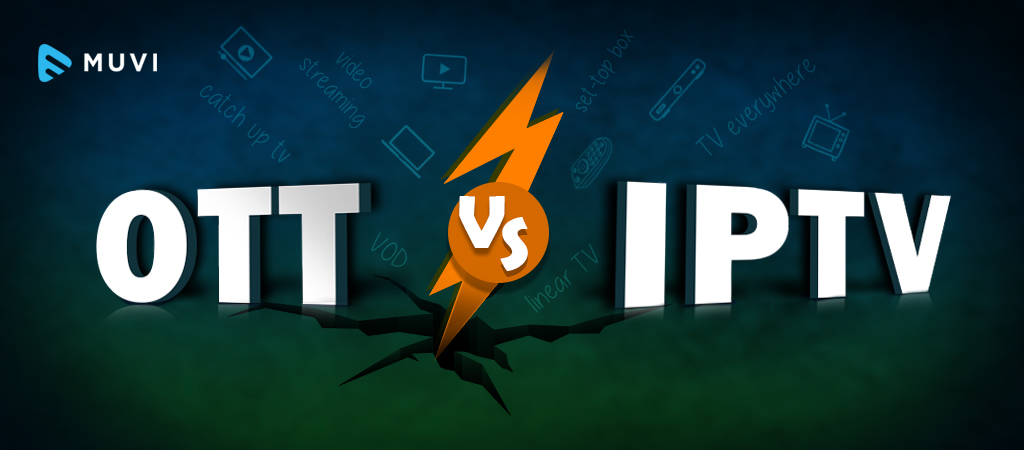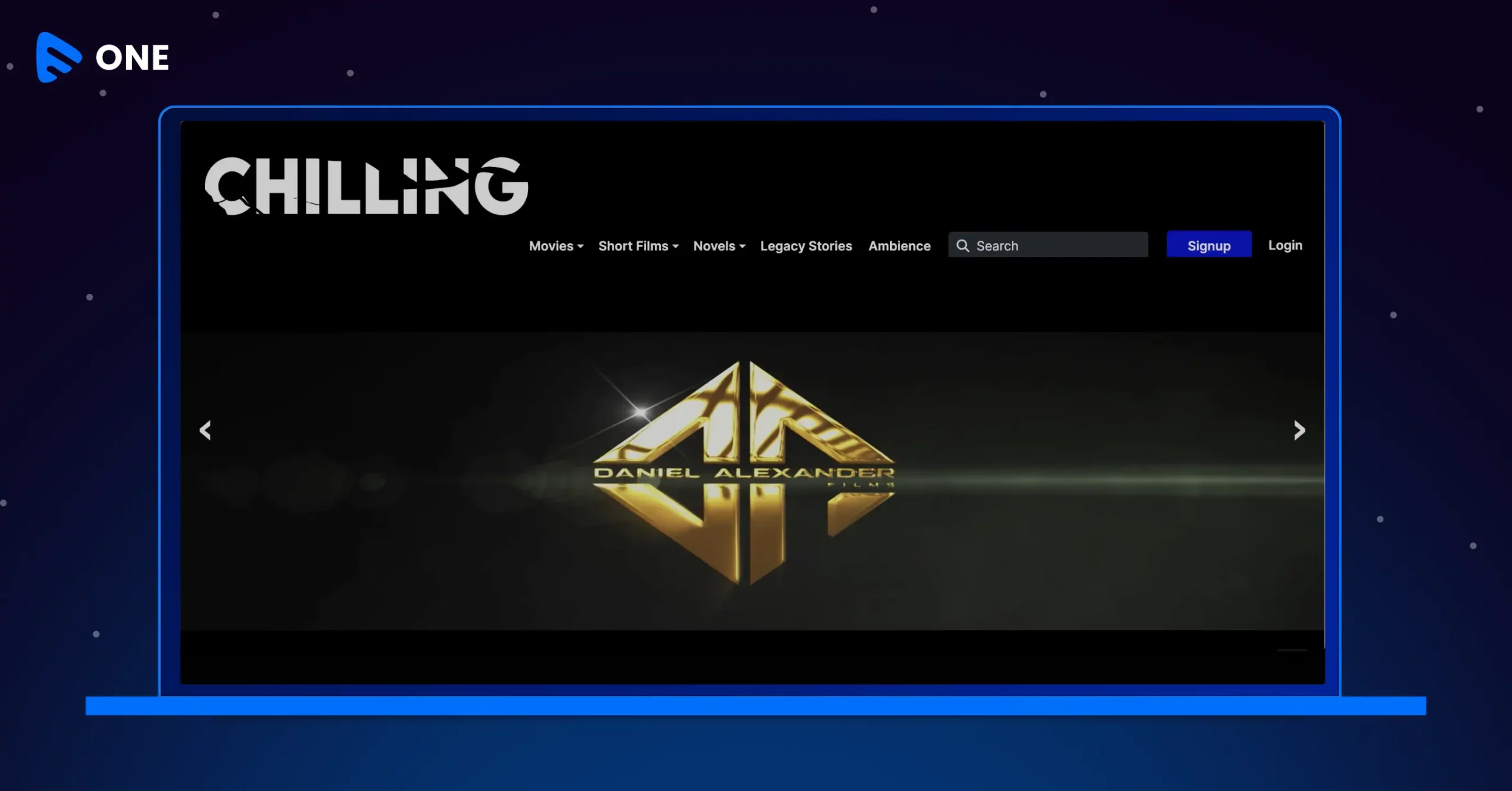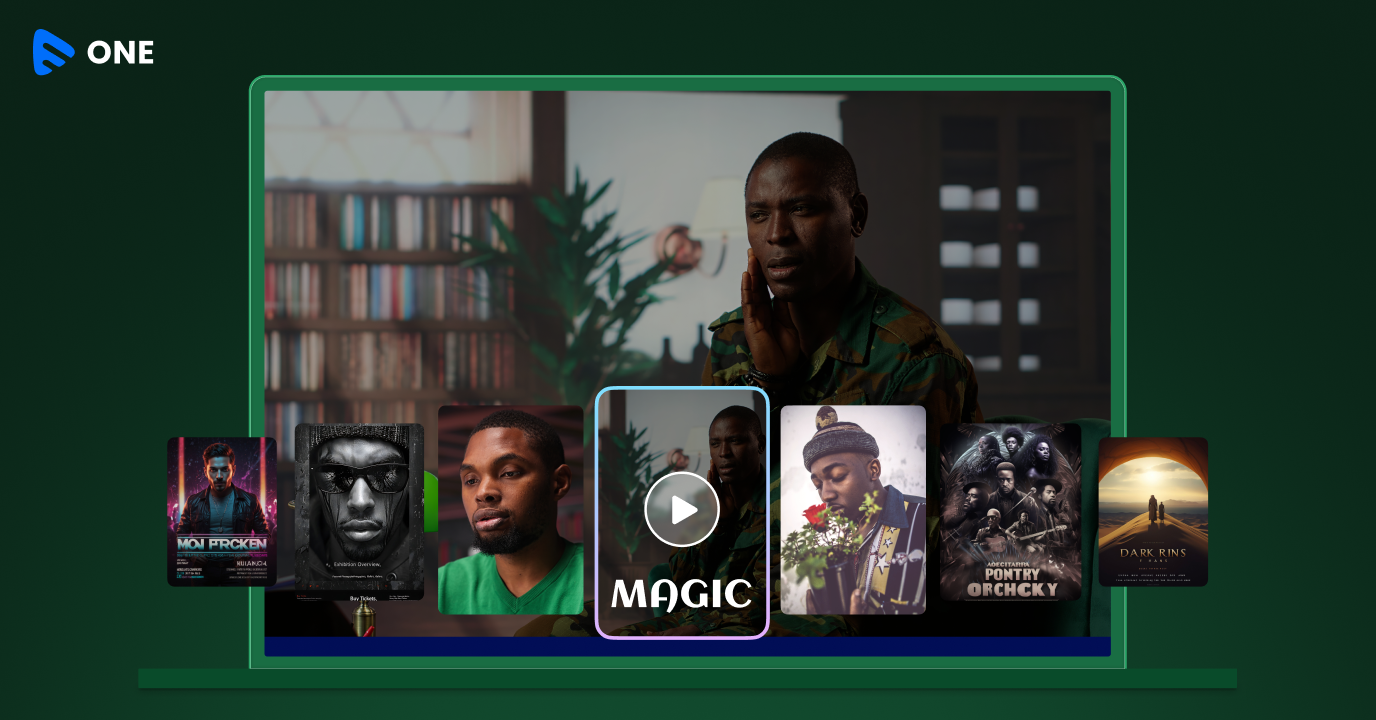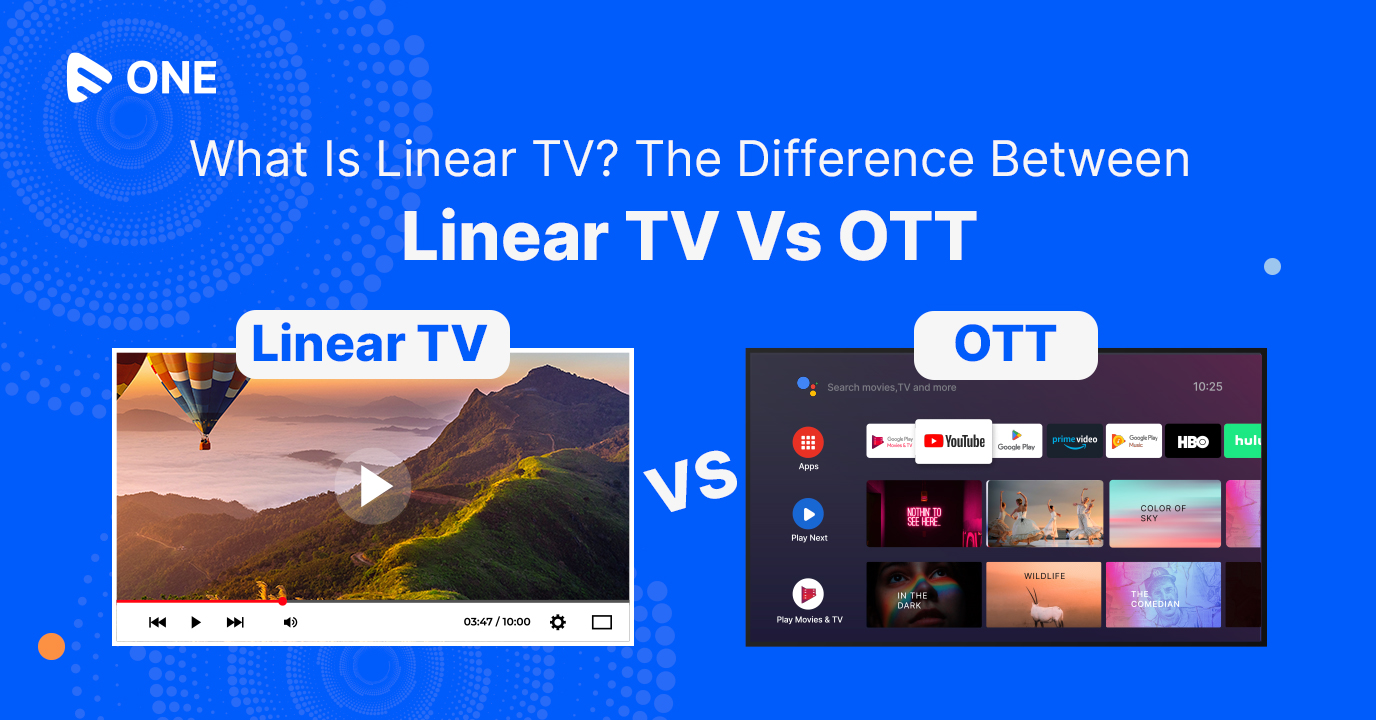We often come across the terms OTT and IPTV when talking about the video streaming industry. While IPTV and OTT both refer to delivering content to the end users, however, there is some difference in the mechanism used in both. With this blog, we have attempted to provide some clarity on how OTT and IPTV are distinct.
When people search for “IPTV,” they often mean internet-based TV streaming. But there’s an important distinction to make: IPTV and OTT are not the same thing. This blog will explain exactly that.
What is IPTV?
IPTV stands for Internet Protocol Television. Unlike traditional cable or satellite TV, IPTV delivers video content through private IP networks, often managed by telecom operators. IPTV is a technology for watching television using Internet Protocol over LAN or the Internet, instead of watching TV over cable or satellite.
- Runs on closed, operator-controlled networks.
- Requires set-top boxes or IPTV boxes for access.
- Often limited to specific regions or networks.
For more insights on IPTV and to understand its inner workings including its architecture, please visit the muvi blog on What is IPTV? How does IPTV work?
What is OTT?
OTT (Over-the-Top) streaming refers to delivering content via the open internet, without relying on operator-controlled networks. Works on any device — smartphones, laptops, Smart TVs, streaming sticks. Some popular OTT services include Netflix, Amazon Prime video and Hulu to name a few. To know more about OTT, check out Muvi’s all-inclusive blog on What is OTT?
OTT features includes:
Muvi empowers businesses to launch their own branded OTT platforms with linear TV-like channels using Muvi One + Muvi Playout.
What is IPTV?
IPTV refers to Internet Protocol Television which is used for delivering video and related services over the internet.
In order to get internet TV, a broadband connection and a router are needed. So videos are sent over the internet for receiving on a PC or other device. Set-top boxes and TVs that include IPTV services will let you access TV channels like Showtime, Fox Network, CBS, HBO etc.
IPTV is a technology for watching television using Internet Protocol over LAN or the Internet, instead of watching TV over cable or satellite. IPTV has an advantage over downloaded media in that it can stream directly from the source, in smaller chunks of data. This effect is known as streaming media.
Why OTT + Playout is Better (And Legal)
While IPTV has long been associated with internet-based TV, the reality is that most IPTV models are geographically restricted, infrastructure-heavy, and often linked to pirated content redistribution. That’s why forward-looking broadcasters, content owners, and enterprises are shifting to OTT + Playout as the future-ready alternative.
With Muvi One and Muvi Playout, you can:
Launch Your Own Branded Internet TV Service – Go beyond set-top boxes and reach global audiences across web, mobile, and Smart TVs.
Run Linear TV-like Channels – Schedule, package, and broadcast content 24/7 just like IPTV, but delivered over OTT apps.
Scale Globally Without Infrastructure Burden – No dependency on closed IP networks; expand instantly to millions of viewers worldwide.
Monetize Flexibly – Offer subscriptions (SVOD), ads (AVOD), pay-per-view (PPV), or hybrid models.
Stay 100% Compliant – With studio-grade DRM, geo-blocking, watermarking, and secure content delivery, Muvi ensures your platform is legal, safe, and future-proof.
In short, OTT + Playout gives you all the IPTV-like benefits — linear channels, scheduled programming, live streaming — but with the global reach, flexibility, and legal safeguards of OTT.
Is OTT Better than IPTV? What is the Difference?
Even though both OTT and IPTV use the internet to deliver streaming content, OTT streaming is provided through open unmanaged internet whereas IPTV uses a dedicated, managed network or infrastructure provided by the operator. With services like Netflix, Hulu, YouTube and others, OTT has been gaining increasing popularity in the last few years.
Let’s delve a little deeper into some basic differences between IPTV and OTT:
IPTV | OTT |
Network scalability, end-user applications and infrastructure are the three most important areas of concentration. | Does not require multiple system operators for controlling and distributing content |
Requires 3 major components namely private, IP-based connected TV, a content headend (a master facility for receiving, processing and distributing IPTV signals) and a set-top box. | Content is delivered to any connected device using an unmanaged, public Internet network. No external equipment like set-top box is required. |
Content is delivered via an ISP’s own infrastructure which may resemble existing digital cable TV setups however they are different from digital cable TV in the sense that IPTV signals are transmitted using a different protocol (format) and different network. | It uses no dedicated network, infrastructure is made available provided by an operator. |
IPTV service providers work with TV channels and primarily aim to distribute channel content with options for catch up TV (record, replay), time-shifted TV. IPTV service providers may or may not offer video on demand content. | OTT service providers work with distributors/production houses and primarily aim to acquire and deliver on demand content whilst providing options of live streaming of TV Channels. |
IPTV requires the device to be connected via a broadband cable based connection | OTT can be viewed on any device data or Wi-Fi and does not necessitate broadband based connectivity. |
IPTV services typically provide EPG (Electronic Program Guide) which is an on-screen guide of scheduled broadcast programming television programs. | OTT service providers typically provide a catalog of viewable content for viewers to pick and choose from. |
The internet service providers (ISPs) that actually deliver the content that arrives from OTT providers like Netflix, Hulu or Amazon Prime are doing so simply by delivering IP packets of data and not “video content”. They don’t distinguish between a data packet carrying video clips from a data packet carrying a piece of email. The quality of content for both OTT and IPTV are different. OTT uses public internet for transport, hence the quality of media content varies according to the quality and speed of the internet connection.
The business model, service quality, content quality, ownership, cost etc differ for both OTT and IPTV.
Proponents of OTT believe OTT has a wider scope compared to IPTV since streaming video content via IPTV requires a set-top-box which in most cases includes content provided by a specific supplier. Since it is all about the viewers and viewers get to decide the content they desire to access and watch whenever and wherever they want and on the device they choose by a simple installation of the video streaming app so they can literally watch TV everywhere.
With how OTT has evolved in terms of it being offered for multiscreen viewing, in real-time via social media and literally living up to the term “TV Everywhere”, it is challenging all forms of media like traditional TV/linear TV, satellite TV etc that were introduced prior to its inception. So more viewers are considering dropping their IPTV (Internet Protocol Television) subscriptions altogether and switching over to OTT.
Where Does Muvi Playout Fit In?
Businesses mostly search for linear TV like experience (scheduled channels, EPG guides, live streaming) but delivered over OTT. This is exactly what Muvi Playout offers. With Muvi Playout, you get to launch linear channels, schedule content, deliver channels on web, iOS, Android, Roku, Fire TV, Apple TV, and Smart TVs, offer multiple monetization options while letting you stream securely to millions of viewers with DRM, geo-blocking, and watermarking.
With Muvi, you can offer an IPTV-like experience — without the limitations of traditional IPTV.
Final Thoughts
The debate isn’t really IPTV vs OTT anymore. The real question is: how do you deliver the best of both worlds? Well, Muvi provides you with the ideal solution!
With Muvi One + Muvi Playout, you can launch your own OTT platform/apps complete with live TV-style channels, subscriptions, ads, and advanced security — all without the restrictions of IPTV.
Want to build your own internet-TV / streaming business (sometimes referred to as ‘IPTV’)? With Muvi One, you can launch your own live + on-demand OTT platform. Try our 14-day free trial today and see how easily you can publish linear TV-style channels, apps, and monetized content — all legally and without hardware dependencies.
Start your 14-day free trial today.















Add your comment